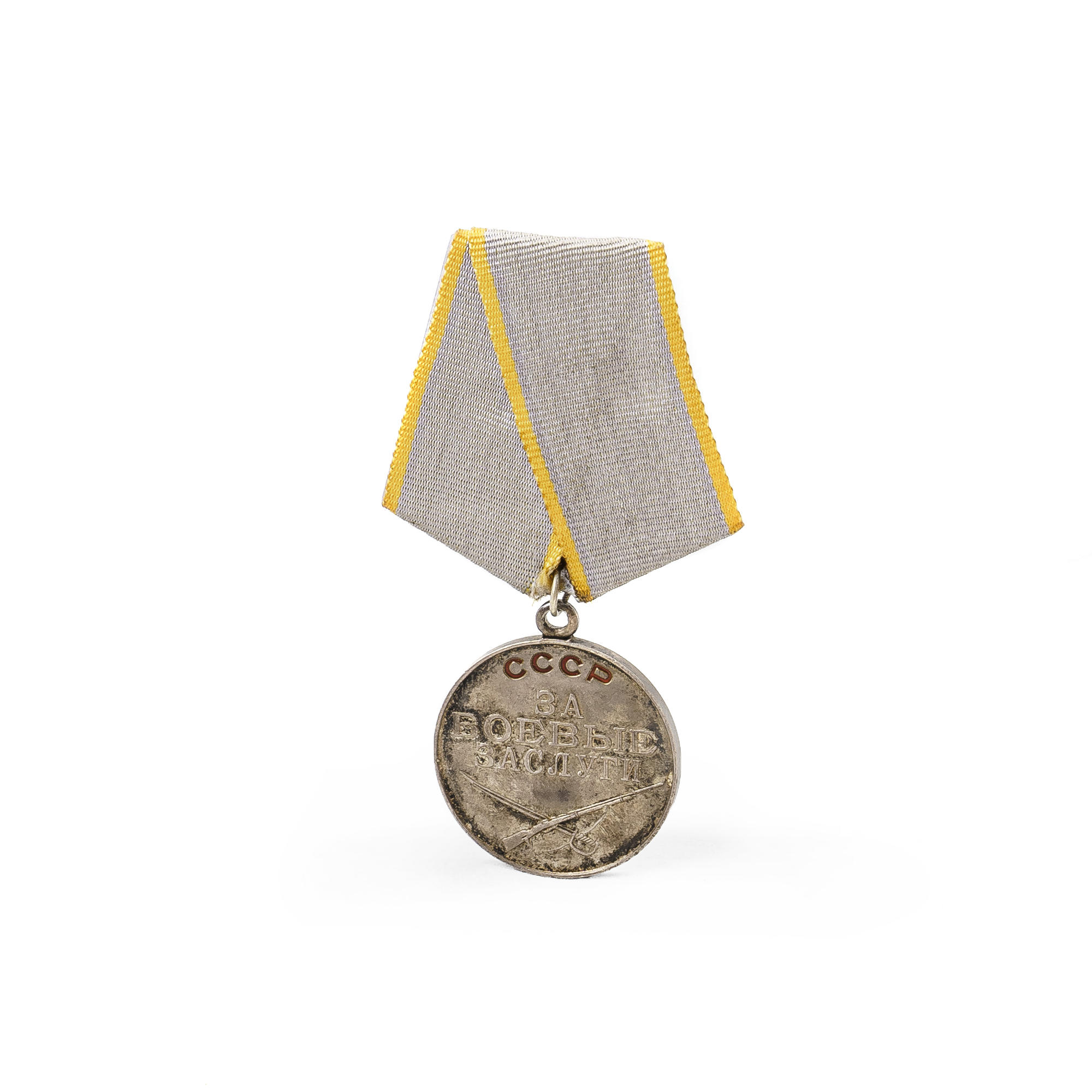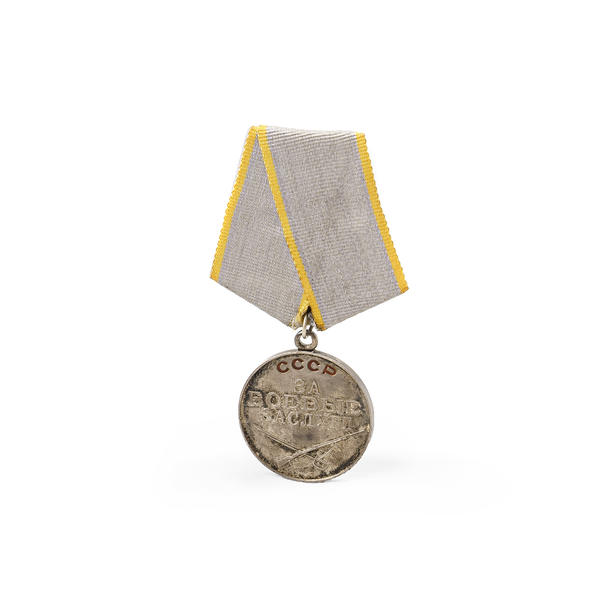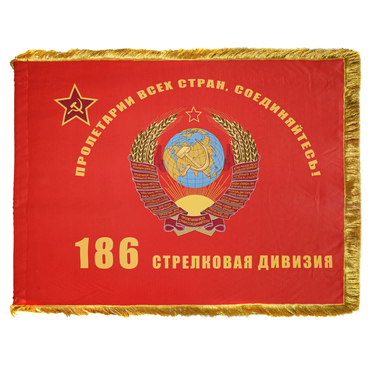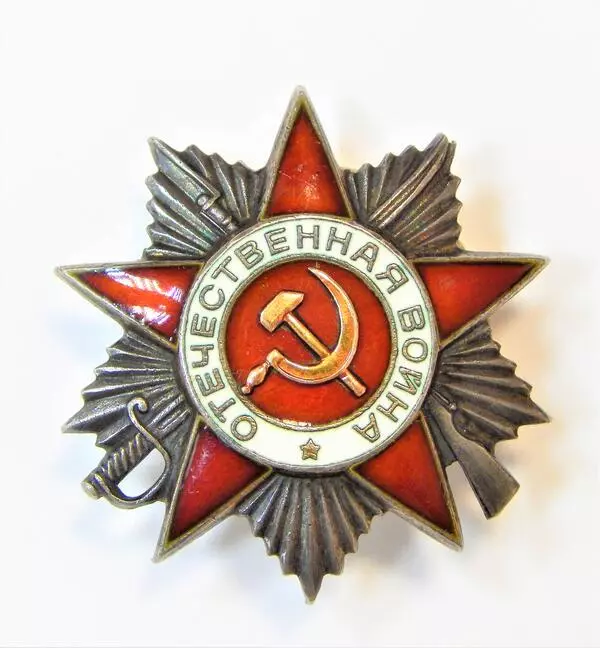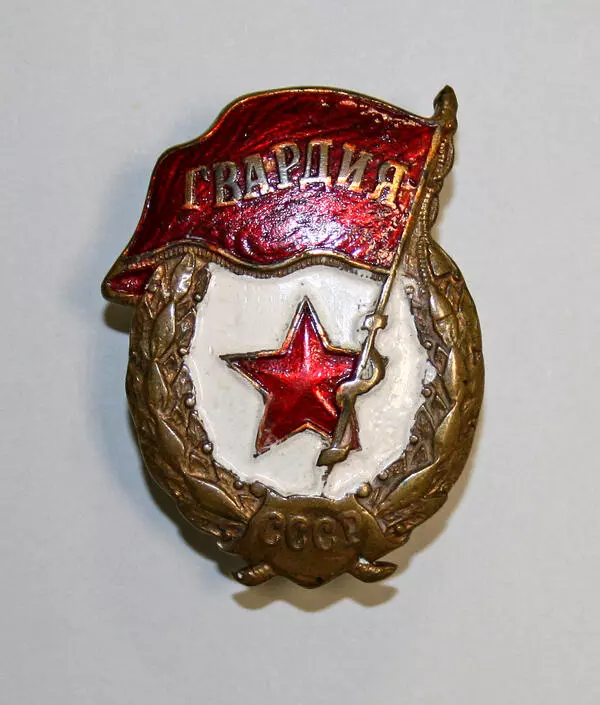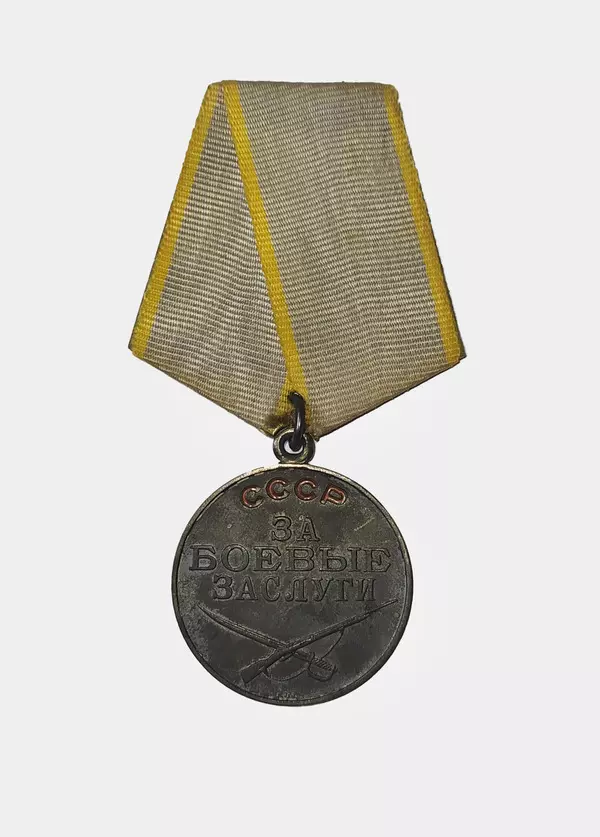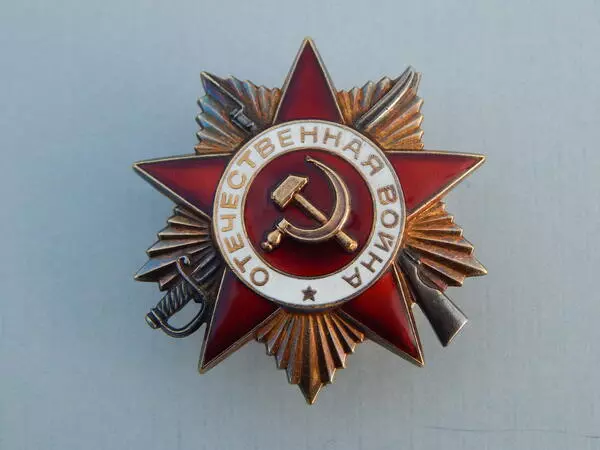October 17, 1938 saw the Medal for Battle Merit approved along with the Medal for Valor. It was awarded to those, who displayed courage and initiative fighting a foreign enemy. This encompassed border guard personnel, fighting sabotage teams, service members, policemen and fire fighters, as well as workers and civil servants contributing invaluable assistance to the frontline efforts.
The first medals were awarded to border guards, who had eliminated sabotage teams in the vicinity of Lake Khasan in the Primorsky region. Signed on October 25, 1938, the order listed 1,000-odd names. It was not unheard of for children and teens to get the decoration in the first months of the war. The medal was approved for a citizen of Moscow, Yevgeny Nefedov, 15, for outstanding records in fighting incendiary ammunition dropped on the city during air raids. Over a single day the young man prevented nine fires. The decoration list includes pilot Ivan Suchkov, artillerist Dair Asanov, Hero of the Soviet Union Ivan Pavlov.
During the war the medal was awarded to soldiers and officers, medical personnel and scouts, as well as those toiling in the rear. However, there were peacetime decorations as well. Before 1957, the medal used to be awarded after a particular time in service, while it had been a standard way of commending not only military personnel, but those employed in the Fire Department and the Police as well. Records suggest that as of January 1, 1995, the medal had been given to 5 million-plus people.
The Medal for Battle Merit is one of the first established in the USSR. However, it raised mixed feelings among people for a while. It was widely believed to be awarded to so-called campaign wives, i.e. mistresses of superior officers, recommending them for decoration. This caused many women to refuse wearing the medal after the war, although, in the most cases they had received them in recognition of their true merits.
Approved standards notwithstanding, every new batch manufactured had some slight changes. Before 1943, the medal had come with a rectangular suspension device dressed in a red moiré ribbon. It featured a screw bolt and nut for attachment to clothes. Later, the device was replaced with a pentagonal suspension, dressed in gray ribbon with yellow fringes. The bolt-and-nut attachment gave way for a pin. One thing remained unchanged. It was made from 925 sterling silver. Even the diameter varied, changing between 31mm and 32.5mm.
The first medals were awarded to border guards, who had eliminated sabotage teams in the vicinity of Lake Khasan in the Primorsky region. Signed on October 25, 1938, the order listed 1,000-odd names. It was not unheard of for children and teens to get the decoration in the first months of the war. The medal was approved for a citizen of Moscow, Yevgeny Nefedov, 15, for outstanding records in fighting incendiary ammunition dropped on the city during air raids. Over a single day the young man prevented nine fires. The decoration list includes pilot Ivan Suchkov, artillerist Dair Asanov, Hero of the Soviet Union Ivan Pavlov.
During the war the medal was awarded to soldiers and officers, medical personnel and scouts, as well as those toiling in the rear. However, there were peacetime decorations as well. Before 1957, the medal used to be awarded after a particular time in service, while it had been a standard way of commending not only military personnel, but those employed in the Fire Department and the Police as well. Records suggest that as of January 1, 1995, the medal had been given to 5 million-plus people.
The Medal for Battle Merit is one of the first established in the USSR. However, it raised mixed feelings among people for a while. It was widely believed to be awarded to so-called campaign wives, i.e. mistresses of superior officers, recommending them for decoration. This caused many women to refuse wearing the medal after the war, although, in the most cases they had received them in recognition of their true merits.
Approved standards notwithstanding, every new batch manufactured had some slight changes. Before 1943, the medal had come with a rectangular suspension device dressed in a red moiré ribbon. It featured a screw bolt and nut for attachment to clothes. Later, the device was replaced with a pentagonal suspension, dressed in gray ribbon with yellow fringes. The bolt-and-nut attachment gave way for a pin. One thing remained unchanged. It was made from 925 sterling silver. Even the diameter varied, changing between 31mm and 32.5mm.
